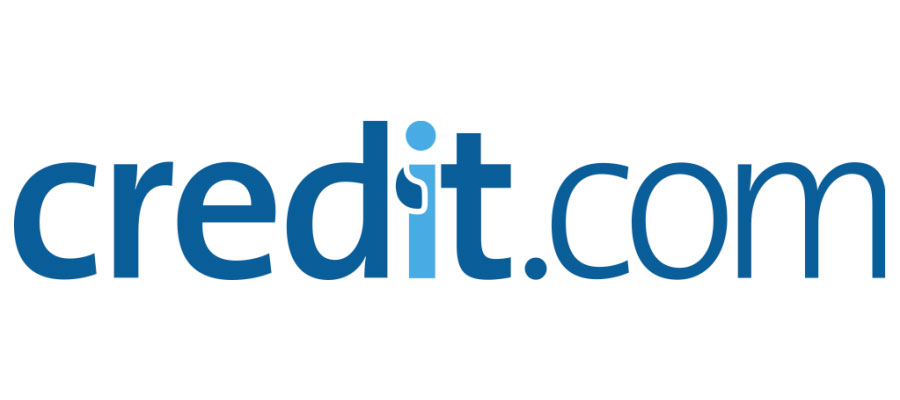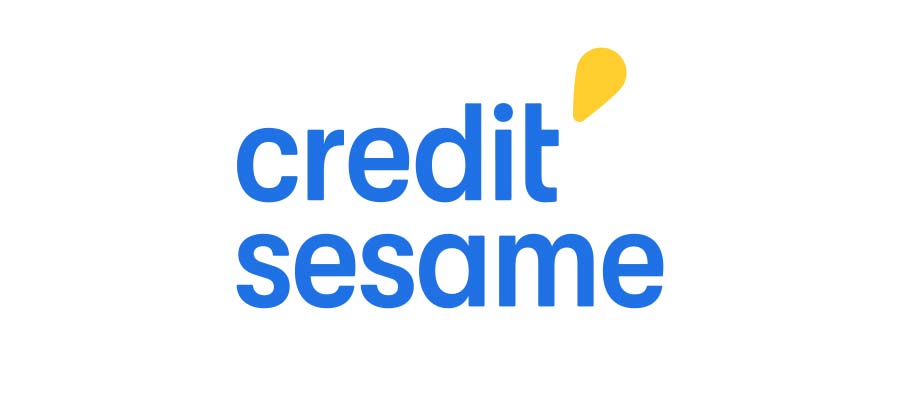Credit.com gives you free access to your credit score and tools to help you monitor and improve your credit—no credit card required. It also offers personalized insights and a credit report card that breaks down what’s helping or hurting your score. But how does it compare to alternatives like Credit Karma or Credit Sesame? And is it worth signing up in 2025?
In this Credit.com review, we’ll cover everything you need to know, including what’s free, what’s not, how accurate the scores are, and whether it’s the right credit tool for you.

Is Credit.com really free?
Yes, Credit.com is completely free to use—and you don’t need to enter a credit card to get started. You’ll get a free credit score based on your Experian credit report, plus a personalized credit report card that breaks down the factors affecting your score.
Keep in mind, you won’t get your actual FICO score. Instead, Credit.com uses a VantageScore 3.0 model for educational purposes. It’s still a legitimate credit score, but it might differ from what a lender sees during an application.
The credit report card updates every 30 days and highlights areas where your credit could improve, like payment history, credit usage, or account age. It’s a low-risk way to keep tabs on your credit health and track your progress over time—without paying a dime.
Pros & Cons of Credit.com
Credit.com has some standout features, especially for people looking to get a free snapshot of their credit health. But like any free tool, it has some trade-offs. Here’s a quick breakdown.
Pros
- Free credit score and credit report card: Based on your Experian credit report, with no cost and no credit card required.
- Custom action plan: Step-by-step tips to help improve your credit score over time.
- User-friendly dashboard: Clean layout that’s easy to understand, even if you’re new to credit.
- Mobile app access: Track your credit on the go with apps for both iOS and Android.
Cons
- No free FICO score: You only get an Experian-based VantageScore, not the credit score most lenders use.
- Single credit bureau data: Credit.com only pulls from Experian, so you won’t see what Equifax or TransUnion reports.
- Sponsored offers: Product recommendations may be influenced by affiliate partnerships.
Credit.com vs. Credit Karma vs. Credit Sesame
If you’re comparing free credit score tools, the differences can be easy to miss—until you see them side by side. Here’s how Credit.com stacks up against two of the most popular alternatives.
| Feature | Credit.com | Credit Karma | Credit Sesame |
|---|---|---|---|
| Free Credit Score | Yes (Experian VantageScore 3.0) | Yes (TransUnion and Equifax) | Yes (TransUnion) |
| Credit Monitoring | Yes | Yes | Yes |
| FICO Score | No | No | No |
| Unique Feature | Credit Report Card and Custom Action Plan | Free Tax Filing and Score Simulator | Identity Theft Protection |
| Product Recommendations | Yes | Yes | Yes |
| Mobile App | Yes | Yes | Yes |
Each platform has its strengths. Credit.com stands out for its in-depth credit report analysis and custom action plans. Credit Karma offers broader coverage with scores from two credit bureaus and extra tools like tax filing. Credit Sesame focuses more on identity protection and personalized loan suggestions.
How Credit.com Makes Money
Credit.com makes money through affiliate partnerships. When you sign up for a loan, credit card, or other financial product through a link on the site, Credit.com may receive a commission. This doesn’t cost you anything extra, but it does mean the site isn’t entirely neutral.
Many of the product offers you see—especially loans or credit repair services—are sponsored. While Credit.com discloses this, it’s always smart to compare multiple offers on your own before making a decision.
Is your credit score from Credit.com accurate?
The credit score you get from Credit.com is accurate for what it is—but it may not match what a lender sees.
Credit.com uses your Experian credit report to generate a free VantageScore 3.0. This scoring model is widely used and pulls from the same core data as a FICO score, but the formulas are different. That’s why your VantageScore might be higher or lower than your FICO score.
Most lenders still rely on FICO scores, and they often check reports from all three major credit bureaus: Experian, TransUnion, and Equifax. Credit.com only uses Experian, so it won’t show the full picture used in many credit decisions.
Still, your free score can help you track trends, spot changes, and take action to improve your overall credit health.
Additional Features and Services From Credit.com
Credit.com gives you more than just a score. It includes several free tools to help you make sense of your credit and figure out what to fix first.
Credit Report Card
The Credit Report Card breaks down five key credit factors with simple grades and explanations:
- Payment history: See the percentage of on-time payments and where you stand.
- Debt levels: View your total balances across loans and credit cards.
- Credit usage: Track your debt-to-credit ratio to see if you’re using too much available credit.
- Credit age: Learn the average length of your credit history.
- Credit mix: See how your accounts are split across different types of credit, like loans and credit cards.
Each section shows how you’re doing and what might be holding your score back.
Custom Action Plan
Once you get your Credit Report Card, Credit.com generates a free action plan based on your results. It highlights steps you can take to improve your credit score—like lowering your credit utilization, making on-time payments, or keeping older accounts open.
This plan updates automatically every month, so you can track your progress over time and adjust your strategy as needed.
Credit Monitoring
Your free account also comes with basic credit monitoring. You’ll get alerts if there are major changes on your credit report, and your score updates every two to four weeks. It’s a simple way to stay informed without paying for a premium service.
Check Out Our Top Picks for 2025:
Best Credit Monitoring Services
Credit.com Product Offers
Credit.com also works as a marketplace for financial products. You’ll find loan offers, credit repair services, and other tools that can help improve or manage your credit.
They clearly disclose that some listings are sponsored, which means Credit.com may be paid when you click or apply. This is a common model for personal finance websites, but it’s still important to compare options and not rely solely on what’s featured.
Available Loan Options
On the “Loans” page, you can browse offers for:
- Personal loans
- Mortgages
- Auto loans
You can filter based on credit rating or loan amount, or just scroll through all the available lender partners. All loans are provided by third-party companies, not Credit.com itself. If you choose one, you’ll be redirected to the lender’s website to apply.
Credit.com also partners with Lexington Law and CreditRepair.com for credit repair services. These are paid services with mixed reviews, so do your homework before signing up. If you want to explore alternatives, we’ve reviewed several credit repair companies you can compare.
Credit.com Mobile App
The Credit.com mobile app makes it easy to check your credit score, monitor changes, and review your report card from your phone. It’s available for both iOS and Android and gives you the same tools as the desktop version, just in a more convenient format. You can track your credit anytime and get alerts about key updates while you’re on the go.
What Users Are Saying About Credit.com
Credit.com gets solid feedback from users who want a simple, no-cost way to track their credit. Many reviewers like the clean dashboard, easy setup, and the fact that no credit card is needed to get started. The Credit Report Card and custom action plans also earn praise for being clear and easy to follow.
On the Better Business Bureau, Credit.com holds an A- rating, which reflects a relatively low number of complaints and decent responsiveness to customer issues.
That said, some users wish the platform offered more detailed insights or pulled reports from all three credit bureaus. Others note that while the free score is helpful, they’d prefer access to their FICO score without having to pay for it.
Bottom Line
Credit.com is a solid choice if you want a free, easy way to track your credit score and spot areas for improvement. The tools are beginner-friendly, there’s no credit card required, and the custom action plans offer practical next steps.
While it doesn’t show your FICO score or pull reports from all three credit bureaus, it’s still a useful resource—especially if you’re just getting started with credit or rebuilding after past mistakes. For more advanced credit repair or detailed insights, you may want to explore paid services.
But for simple credit monitoring and monthly check-ins? Credit.com does the job for free.




